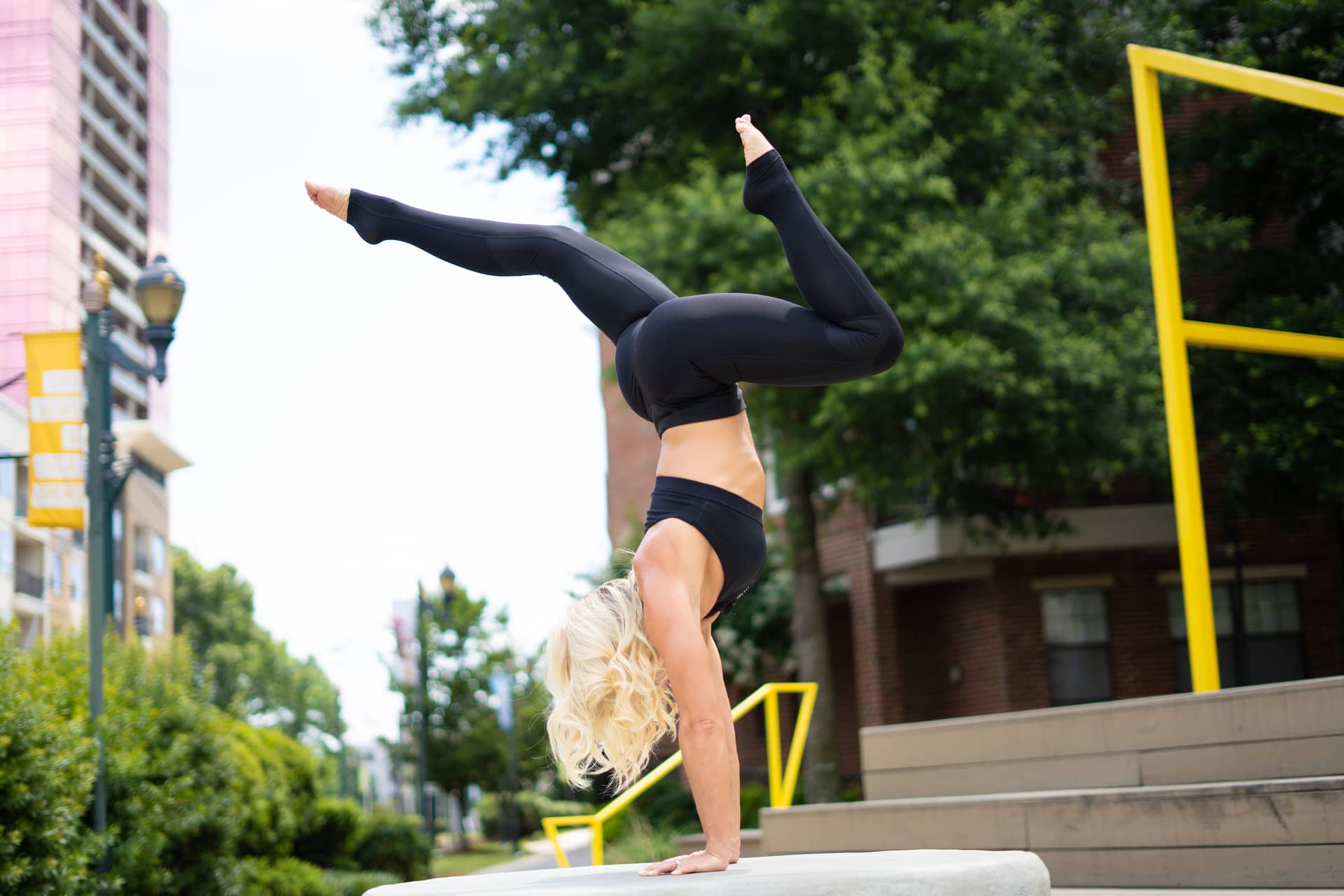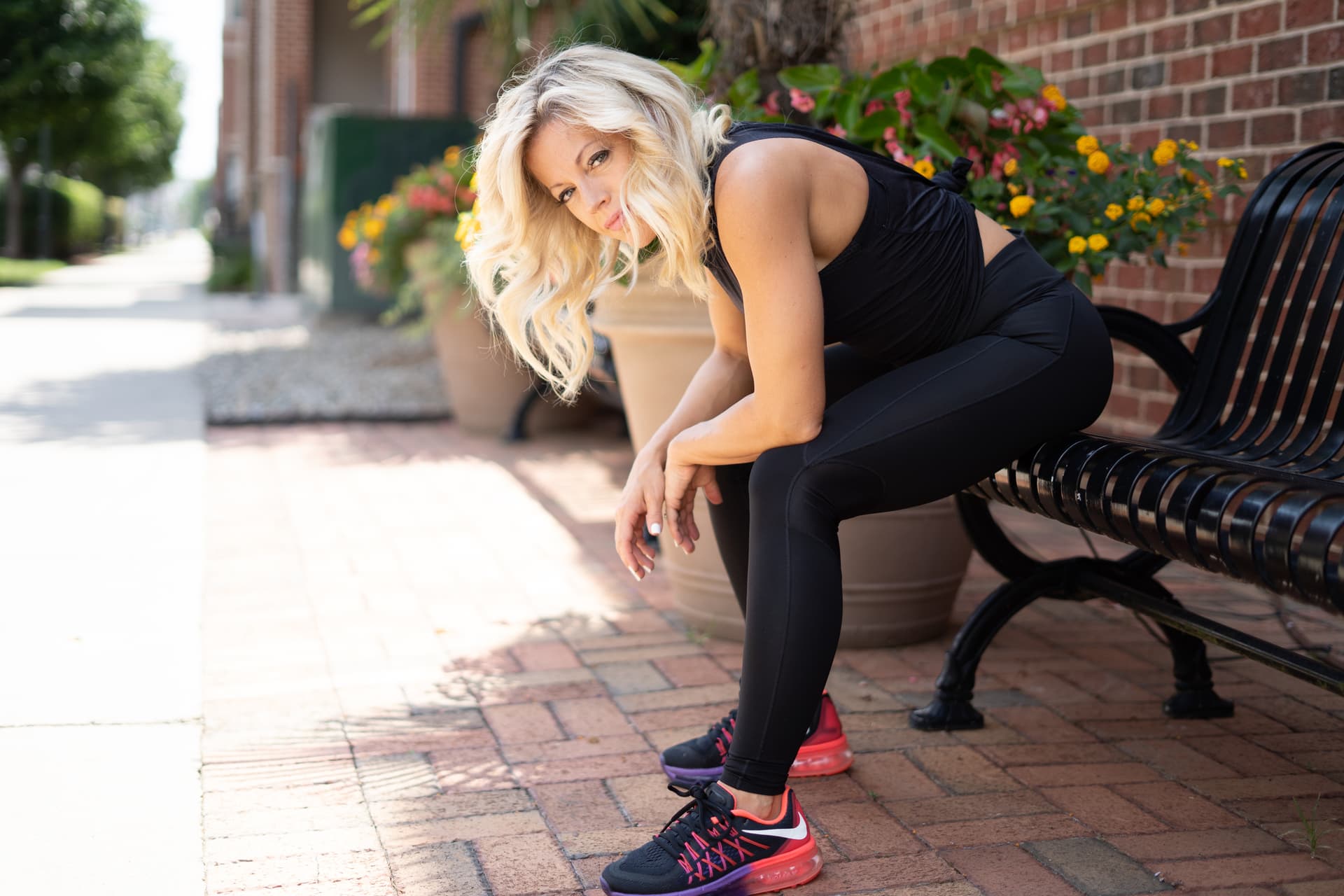This is something I hear almost weekly as a trainer. It happens to the best of us. We get into groove. The routine is working. We’re seeing results. We feel great! Then…ouch! It happens. We get hurt. It happened to me four months ago and I’m still traveling the road to recovery.
Unfortunately injuries, strains, breaks…you name it…are all part of an active lifestyle. We do all that we can to avoid them but when they happen, because they will, it’s always best to be overly cautious in the recovery process to avoid making it worse or causing re-injury. I’m constantly reminding myself and others that we only get one body. We have to take care of it. Developing a trusting relationship with your body is so important. It sounds weird I know, but as our bodies learn to trust that we will do all we can to fuel it well, keep it healthy and keep it safe, it will respond by helping us feel our best. After all, what good will wash board abs do when you have a broken leg?
The question I’m asked most frequently is “What should I do while I recover?” Unfortunately, just like there’s no “one size fits all” answer in fitness and nutrition, the path to recovery is different for each person and each injury.
That said, these are my typical recommendations:
1. Always consult your doctor or chiropractic care person.
I am not a doctor and therefore I’m not qualified to diagnose an injury or suggest treatment options. There are many injuries that can be handled by an excellent chiropractor. (Mine is beyond excellent!) Be sure you select a professional whose goal is to help you recover and move on, and not trap you in a costly continuing care plan (unless of course, you truly need it). Your doctor or chiropractor should be able to give you guidance as to which, if any, exercises are safe for you to do while recovering. If you suspect that you have a broken bone, have an x-ray performed, right away.
2. Work around it.
Until your injury completely heals, it’s best to work around it instead of pushing through it. Deciphering the difference between the discomfort of challenge and the pain of injury, is so important. When you perform an exercise that puts the injured site under stress, you are likely to slow recovery, or make the injury worse. Working around an injury is more of a mental challenge than a physical one. No one likes to modify, but modifications and alternative exercises are not second class. They keep us in the game and off the bench. If you find yourself in a boot for a foot or ankle injury, find a list of seated exercises or weight your other ankle and get in a killer core workout. My current injury is specific to my elbow which knocks out much of my resistance training but running and yoga don’t hurt at all. Explore your options and maybe see this as an opportunity to try some new things.
3. Did I mention the mental challenge?
Realize that your mind and mood may suffer more than your body from a break in a fitness routine. Don’t be surprised when you feel down or discouraged…be prepared to face those feelings with a plan. Aim to spend more time outside (sunshine heals all things), move around as much as you can (if you can walk, walking is great) and avoid sitting in the same position for long periods of time. Do all you can to stay positive and remind yourself often, that seasons of injury, are just seasons. Caring well for yourself during theses times will speed your recovery and give you opportunities to focus on other areas of self care like rest, spiritual connection and nutrition.
4. It’s time to make nutrition top priority.
Nutrition will be your number one focus during times of recovery. The right food, can help heal, promote feelings of positivity and keep you looking your best. Many of us worry that an interruption to a regular workout program will make us gain lots of weight, but really, it’s 70-80% nutrition and your metabolism will not slow over night. Take this hiatus as a opportunity to really hunker down and get your nutrition plan in place and stick to it. It will be easier when you return to regular routine once it becomes habit.
 5. Yoga…if the doc says you can. (And if they say you can’t, get a second opinion)
5. Yoga…if the doc says you can. (And if they say you can’t, get a second opinion)
Practicing yoga develops strength and balance, increases mobility and mental stability and it has the power to heal! I can’t say enough about pursuing a yoga practice. It’s such a broad discipline that there’s something for everyone. If yoga feels intimidating, start by finding a good online resource that will guide you through a home practice until you feel comfortable attending a local studio. Finding an excellent teacher who you feel safe sharing your physical limitations with is imperative. An experienced yoga instructor will be able to help you find the best type of practice, the best poses and modifications for your situation and every type of yoga will help you learn to breathe!
I could go on and on about recovery, but as challenging as it is, it’s easier for an individual who gets injured while they are fit than someone who is de-conditioned. Muscle memory is a powerful thing and your pre-injured fitness level will return faster than you might expect. It won’t be like starting from square one but it also won’t happen over night. Just be wise and patient and in time you’ll be in a new season of health, pursuing new goals and being stronger for the challenges you faced while in recovery!



